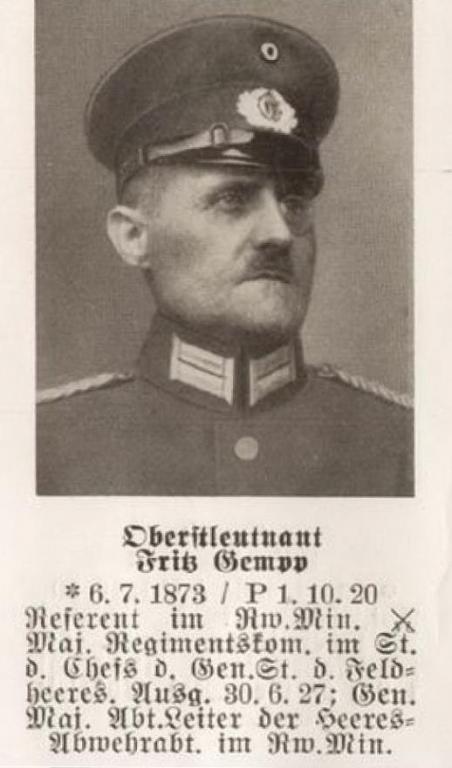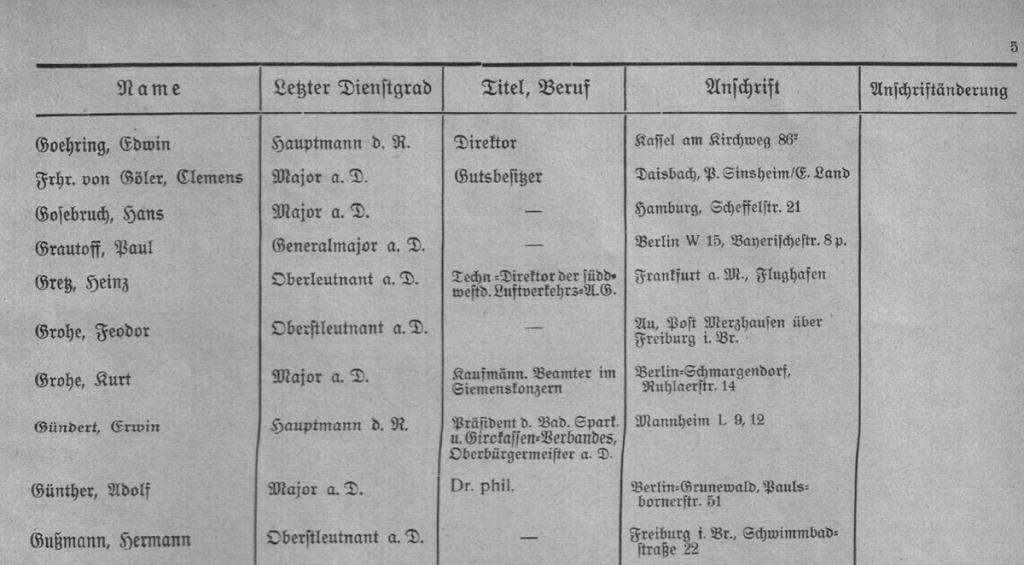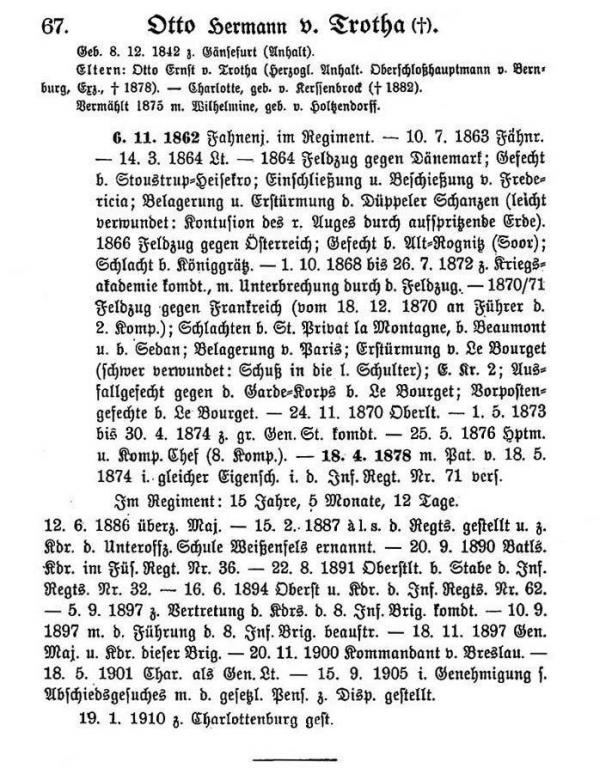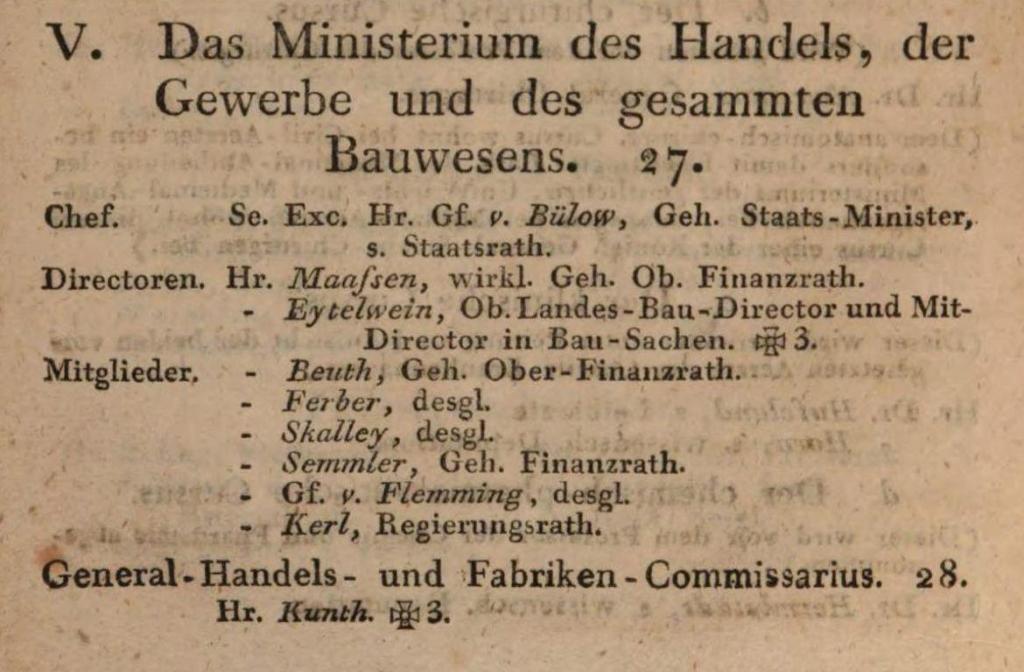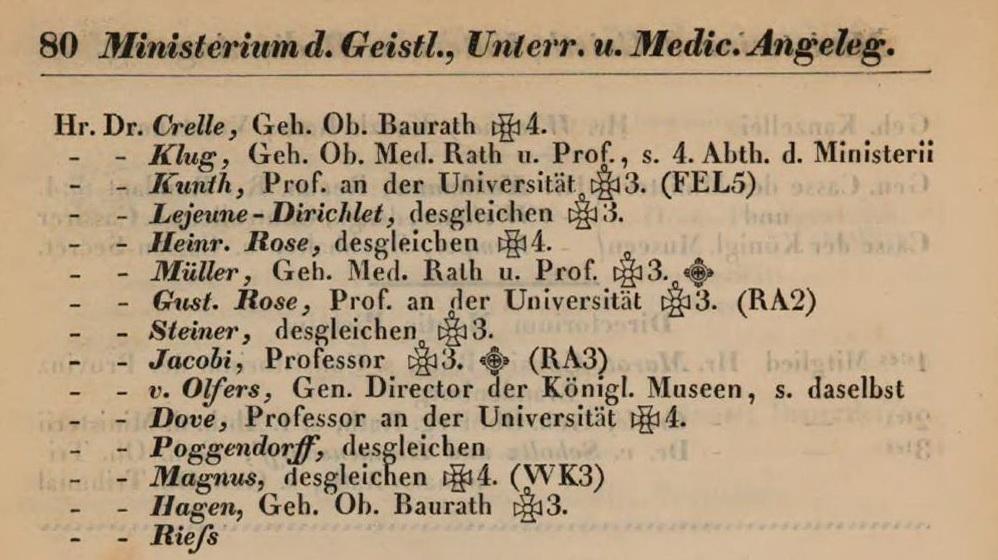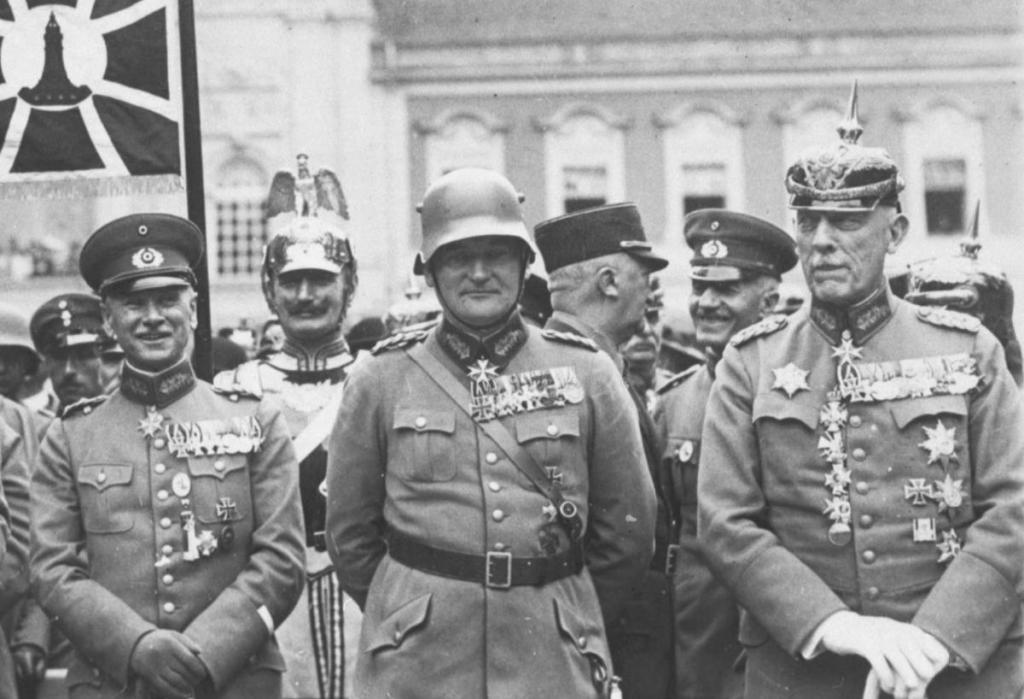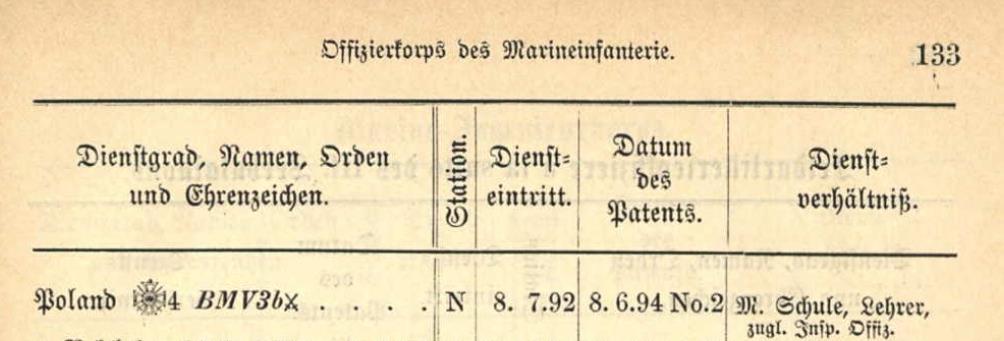-
Posts
2,234 -
Joined
-
Last visited
-
Days Won
55
Content Type
Profiles
Forums
Blogs
Gallery
Events
Store
Everything posted by Glenn J
-
Lucky, the dates of his Prussian orders are to be found in the 1905 edition of the "Königlich Preußische Ordensliste for the Red Eagle Order and the fourth supplement of the same publication covering the period February 1908 to January 1909 for his award of the Crown Order. His biographical details are to be found in the "Biographisches Handbuch des deutschen Auswärtigen Dienstes 1871-1845", Band 2, Verlag Ferdinand Schöningh, Paderborn 2005. Regards Glenn
-
David, he was awarded the RAO4 on 18 January 1905. Lucky, you might be interested to know he was also awarded the Prussian Crown Order 3rd class on 6 May 1908. He was the Konsul in Fiume from 24 August 1906 until his retirement on 6 May 1908. Born on the 19th of May 1858 in Berlin, he died on 23 October 1911 at Lankwitz/Berlin. Regards Glenn
-
Chaps, he took his time getting commissioned. He was not promoted to Leutnant der Reserve until 27 January 1905 in the Infanterie- (Leibgarde-) Regiment Nr. 115. He transferred into the Landwehr in 1911 and left Landwehr service on 18 February 1913. Recalled for service in WW1, he was promoted to Oberleutnant der Landwehr a.D. on 18 April 1915 whilst serving at the Kriegsgefangenlager Limburg. Regards Glenn
-
He is shown in the "Handbuch für das Deutsche Reich" 1918 with following: RAO4 KO3 EK2 LD2 The "Biographisches Handbuch des deutschen Auswärtigen Dienstes 1871-1945", Band 3 gives a 1.9.40 promotion to Major. d.R. Regards Glenn
-
Good morning, He was promoted to Leutnant d.R. on 17.12.98 (Yy) and to Oberleutnant d.R. on 18.10.09. He left the reserves on 19 July 1913. Hauptmann d.R. a.D. on 9.11.14 whilst serving with the Stellvertrende Generalstab der Armee. Regards Glenn
-
Feodor Grohe was born in Trier on 7 June 1872. He entered Infanterie-Regiment Nr. 113 from the cadet corps on 22 March 1893 as a Seconde-Lieutenant. He was employed as an instructor at the cadet institute at Plön from 27 January 1898 and transferred to the cadet institute at Oranienstein on 17 October 1899. He returned to his regiment on 27 January 1902 and was promoted to Oberleutnant on 22 April 1902. Promoted to Hauptmann and company commander on 17 September 1909 and received a patent as such on 27 January 1910. Promoted to Major on 18 April 1916. Retired as a charakter Oberstleutnant. Shown below in the 1934 edition of the list of the officers' association of IR 113 as an Oberstleutnant a.D. Regards Glenn
-
Morning, Dr. Robert Holtzmann was commissioned as a Seconde-Lieutenant der Reserve in Infanterie-Regiment Nr. 143 on 21 April 1898 (Ll) and was promoted to Oberleutnant der Reserve on 27 January 1909. He transferred to Landwehr status in 1910/11 (Landwehrbezirk Straßburg). He left the Landwehr on 10 June 1913 with permission to wear the Landwehr army uniform. Recalled for service in WW1, he was promoted to Hauptmann der Landwehr a.D. on 26 October 1914. He served with Infanterie-Regiment Nr. 87 during the war. Regards Glenn
-

FML Marzell Lawrowski von Plöcken
Glenn J replied to Lukasz Gaszewski's topic in Austro-Hungarian Empire
Lukasz, I similarly checked the Prussian Ordensliste up to the last supplement in 1913. He had nothing from Prussia until then. The extract from Christian above would seem to rule out a 1913/1914 award. Regards Glenn -
Below are his listings in the 1902 Marine-Rangliste (his last) and the 1903 Bavarian Militär-Handbuch: KO4X: 28 May 1901 BMV4bX: 28 February 1902 OV3bX: 30 July 1902 He retired as an Oberleutnant on 6 January 1909 and was recalled for service in August 1914. Hauptmann on 13 April 1915 (4). Regards Glenn




